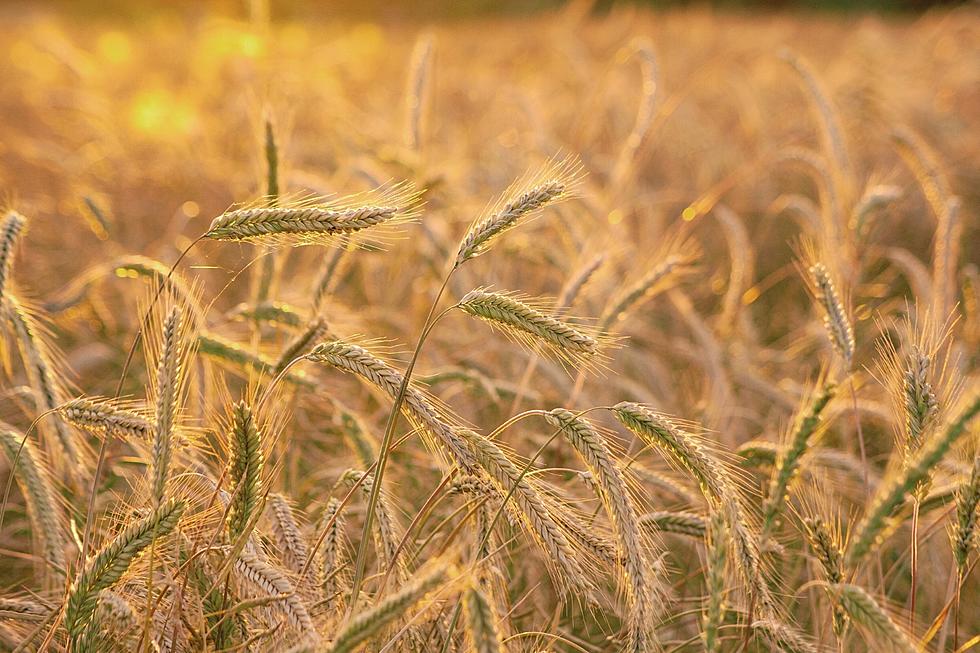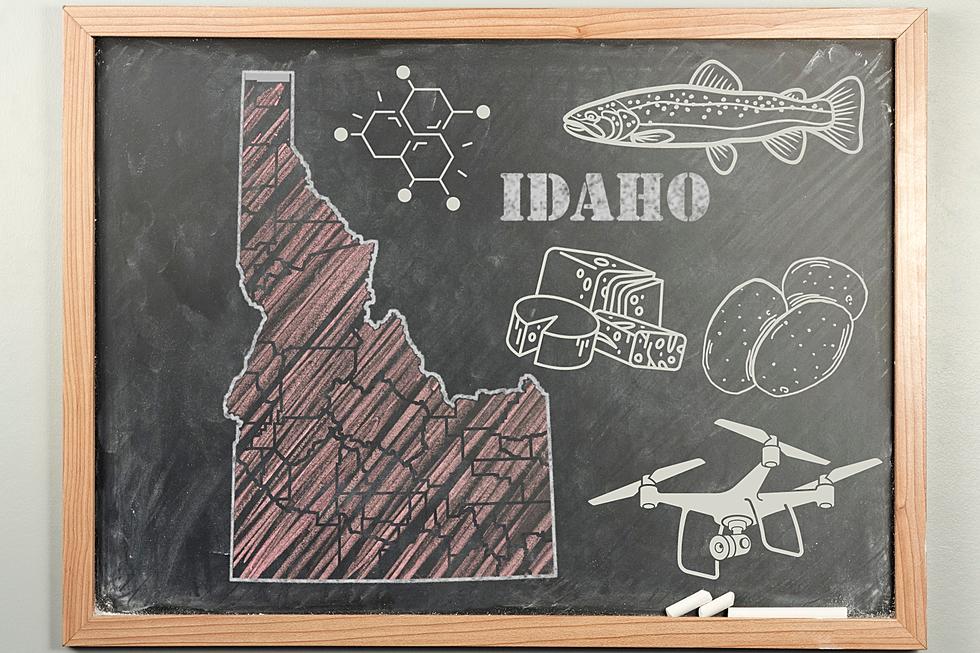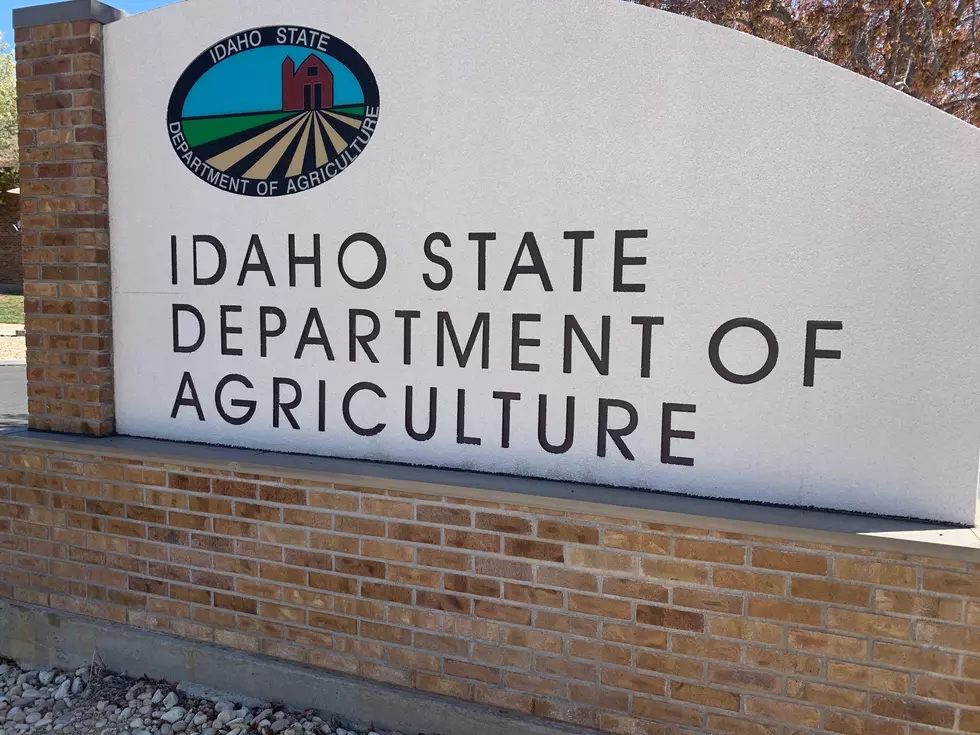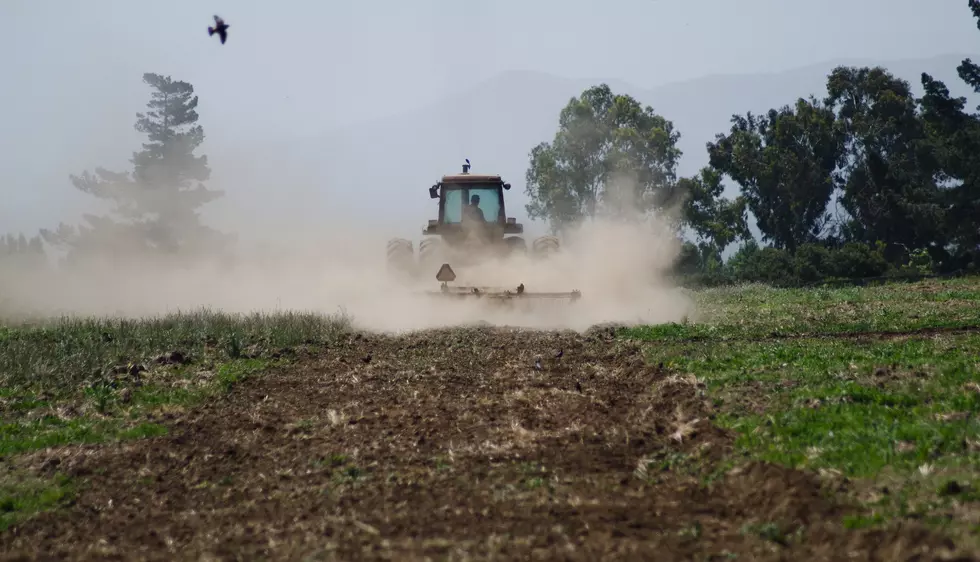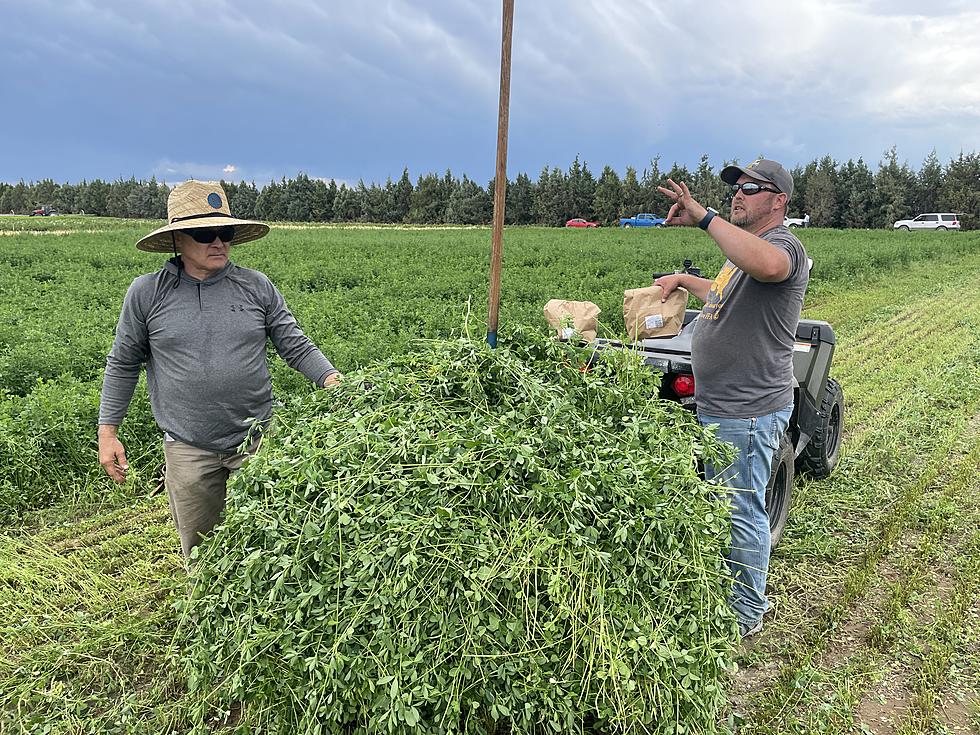
Grasshoppers and Crickets Causing Widespread Damage
MOSCOW, ID — Most of the grain has vanished from Terrell Sorensen’s 50-acre barley field in southern Bannock County’s Swan Lake area, but the hordes of grasshoppers that moved in during late June remain.
“It’s amazing. When you go there in the evenings, those stalks will be totally lined with grasshoppers,” said Sorensen, a recently retired University of Idaho Extension educator who served in Power County. “They’ll eat the kernels right off the head. I don’t think there will be anything to harvest – there won’t be anything to graze either.”
Sorensen’s former UI Extension colleagues throughout southern Idaho are available to offer guidance on coping with pests and have been fielding daily calls from the public about this summer’s extreme, widespread grasshopper infestations.
The Extension educators steer farmers and property owners with larger land holdings to an Idaho State Department of Agriculture (ISDA) program that provides pest management information and insecticide to private landowners with 5 acres or more of pasture, crops or rangeland. Landowners are responsible for applying the insecticide themselves, following product labels and rules. To qualify for the assistance, landowners must have an infestation of at least eight grasshoppers or three Mormon crickets per square meter.
That was an easy bar for Sorensen to clear. He’s had grasshopper infestations in patches of fields before, but he’s never had a field become completely overrun by them prior to this season.
“A man from ISDA drove up and looked and he said, ‘I don’t need to get out of my truck. My windshield is covered with grasshoppers now,’” Sorensen said.
Following the visit, ISDA provided Sorensen the insecticide to treat his entire field, resulting in about a 99% kill. Within two weeks, however, the grasshoppers had returned. Sorensen tried treating the edges of the field, but it was ineffective. His neighbor’s fields were equally infested.
Canyon County Extension Educator Brad Stokes, who specializes in horticulture and entomology, noted grasshoppers have even necessitated responses by ISDA in northern Idaho this season, which is unusual.
“This year seems especially harsh in my opinion because of the number of calls and the amount of treatments ISDA has put out,” Stokes said.
Mormon cricket numbers are also up in certain pockets of southern Idaho, especially south of Riggins, this year. The crickets are voracious eaters and can’t fly.
“They will be a road hazard if they get thick enough,” Stokes said of Mormon crickets.
A grasshopper rests on a milkweed leaf in west Pocatello
Statewide, the ISDA Grasshopper and Mormon Cricket Control Program received more than 300 requests for assistance from private property owners through Aug. 3. ISDA has directly distributed more than 154,000 pounds of carbaryl bait to Idaho property owners to control the pests. The agency has also reimbursed more than $800,000 to farmers who had to buy alternative insecticides because carbaryl bait isn’t labeled for use in the crops they’re raising.
Owyhee, Oneida, Elmore and Washington counties have been hit especially hard.
“We’ve had years where we’ve given out more bait, but we’ve never had a year where we’ve had as many landowner reimbursements,” said ISDA Deputy Director Lloyd Knight. “I’m not going to say it’s the worst year ever, but it sure has been a bad one.”
In July 2020, UI Extension educators Jason Thomas, Carmen Willmore and Steven Hines published an Extension bulletin offering scouting tips and advice on grasshopper control. The bulletin explains female grasshoppers lay their eggs in the top 2 inches of soil during the fall, and hatching occurs from April through May. Management targeting newly emerged grasshoppers, or nymphs, is most effective.
Thomas, an entomologist based in Minidoka County, believes wet weather is largely responsible for this season’s grasshopper population explosion. Vegetation throughout the region grew lush following a wet winter and spring, improving nymph survival.
“They’ve been able to move from rangeland to ag land and people’s yards,” Thomas said. “I’ve gotten more calls than usual on grasshoppers, that’s for sure.”
Most grasshoppers have already reached adulthood. Grasshoppers are considered adults once they’ve developed wings, which enables them to travel further and target more ground, though adults of certain species eat much less than nymphs or juveniles. About five species of grasshoppers cause most of the state’s damage.
Thomas believes the main benefit of applying insecticide now is that it could prevent grasshoppers from mating and limit populations next season.
Scouting should begin in the spring, about 100 days after the first 50-degree daytime temperature occurs. A commercially available fungus, commonly called Nolo Bait, provides effective biological control for long-term management of highly infested areas. Insecticides such as diflubenzuron, carbaryl and malathion can also be effective.
Crops bordering rangeland or pastures are at high risk of grasshopper damage during mid-summer, when rangeland grasses go dormant, causing grasshopper to move in search of other food sources. Cereals, alfalfa and grasses are especially susceptible to grasshopper damage.
“The grasshoppers are a challenge because they’re so mobile,” said University of Idaho Extension Educator Bracken Henderson, who is based in Franklin County. “You spray and new ones will move in.”
Henderson has averaged about two calls per day from people seeking guidance since grasshopper populations began to climb earlier this summer. He advises people with the most significant infestations to use long-lasting herbicides for continued control.
He also recommends that callers contact a local crop advisor or chemical supplier for additional assistance.
Sources: University of Idaho Extension, PNW Ag Network
10 Ways to Protect Yourself from Washington Mosquitoes
More From PNW Ag Network
